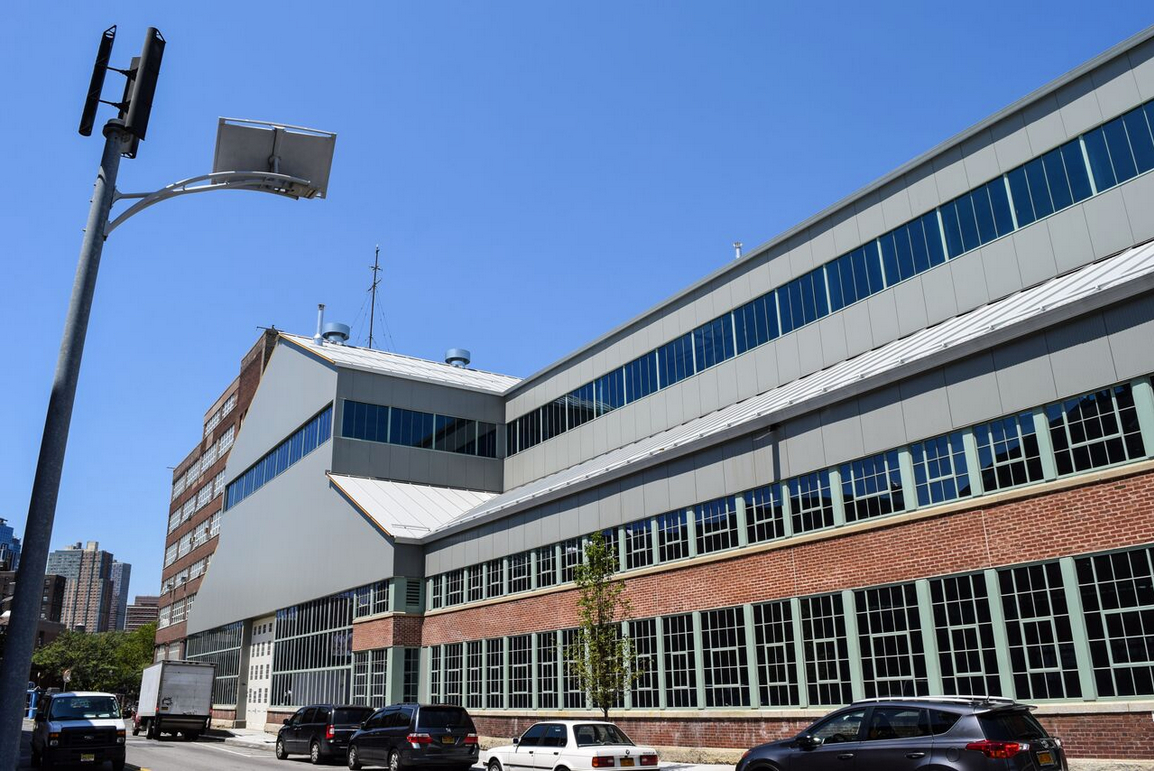Tech Triangle seeks to be top US Tech hub

fox square.jpg
More office space for high-tech companies to grow, re-use of older buildings like the Empire Stores, green connections between different parts of the “Brooklyn Tech Triangle” – these are all parts of the Brooklyn Tech Triangle Coalition’s plan to overtake Silicon Valley as the largest tech hub in the nation.
The coalition – led by the Downtown Brooklyn Partnership, the DUMBO Improvement District and the Brooklyn Navy Yard Development Corporation – presented these plans at NYU-Poly on Tuesday morning at a breakfast hosted by the Association for a Better New York.
Tucker Reed, president of the Downtown Brooklyn Partnership, presented the plan to an enthusiastic audience.
